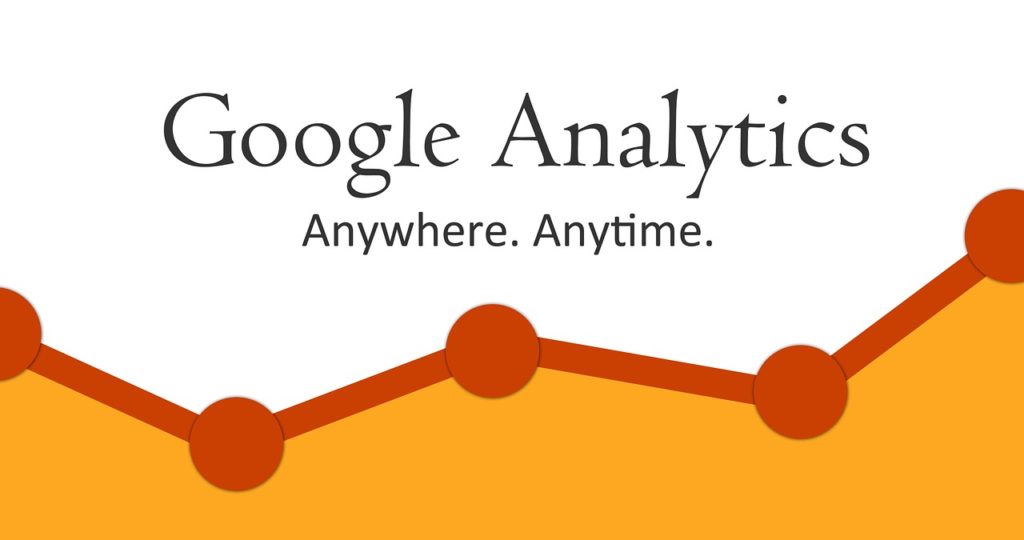If there is one thing that marketing managers need to keep track of, and usually fail to do so properly, it’s conversion rates. After all, the whole point of your marketing plan should be to promote your brand and turn those promotions into a business (aka conversion). Therefore, in order to know whether your marketing plan is working or not, you need to use conversion tracking. Now, you might be wondering why you should look for third party conversion tracking, since Google already provides tracking tools. Well, in order to fully cover this, we first need to have a firm understanding of what conversion tracking is. Only then can we elaborate on what tools you should use and how.
Conversion tracking 101
So, what is conversion tracking? Well, in a nutshell, it’s when brands and companies monitor the actions that their consumers take. Any time a consumer does something that can bring the company some money, that’s called a conversion, as regular viewership is converted into a potential financial benefit. Some of these actions are:
- Adding an item into an online cart.
- Downloading a content offer.
- Signing up for a newsletter (yes, even readers can become your potential customers)
- Hiring an online service.
By tracking conversion rates, you can have a clear idea of how well your marketing plan is doing and whether or not you should change something.

Third-party conversion tracking tools give you new ways to keep track of your marketing efforts.
Google Analytics
The most basic tool for conversion tracking is Google Analytics. With it, you’ll be to get into conversion tracking and start getting an idea of what it entails. Keep in mind that different companies monitor their conversion rates differently. After all, a company that sells online products has a different financial and marketing plan than a martial arts club. Therefore, it stands to reason that they need to have different metrics in order to follow their conversion rates.
One of the first things that Google Analytics will ask you is to define your conversion goals. Your goals will be in close connection to the type of business you are in and to your website. Some of the more usual goals are:
- Adding items to cart.
- Making an online purchase.
- Playing a video.
- Directing people to a physical shop.
By understanding your business you will know which actions lead to financial gain. Therefore, you’ll be able to set proper goals that will outline the true state of your marketing plan. Only by thinking long and hard can you outline these goals and set your marketing metrics up properly.

You cannot properly deal with online marketing without using Google Analytics.
Key performance indicators
Another step you’ll need to take in order to set up your marketing metrics is keeping an eye on key performance indicators – or KPI for short. Conversions alone are usually hard to track. This is why you need the aid of KPI in order to have a better idea of how to orient your marketing efforts. Things like average session duration, bounce rate and pages per visit are all valuable indicators to how well your marketing is doing and whether or not you should try different marketing trends. You also need to keep track of the quality of your links, which is why third-party conversion tracking tools are a must.
Which third-party conversion tracking tools should you use?
So, with all things in mind, is Google Analytics enough for you to keep track of your conversion rates? Well, it depends on how good of a job you want to do. After all, you can run a website without any conversion tracking. But, in doing so, you will essentially rend yourself blind. For basic marketing assessments and conversion rates, Google Analytics can be enough. But, if you want to have the full picture of how well your marketing plan is doing, you will need to use third-party conversion tracking tools. So, here is a couple of tools that you should check out.
Crazy Egg
Another KPI can be movement tracking. Some websites could make great use of knowing where their customers are spending most of their time. And if you think that your website could benefit from such knowledge, then Crazy Egg is one of the third-party conversion tracking tools that you should check out. It comes with heat maps that provide movement tracking.

Knowing where your customers point their attention can be quite beneficial for certain aspects of marketing.
With it, you’ll be able to see which are the most interesting parts of your website. Also, by using the “Confetti” feature, you’ll be able to see where your customers clicked on your website. Therefore, if you want to have a clear idea of what the usual attention flow is for your customer, Crazy Egg is the tool to have. The lowest cost of it is $29 per month, while the most popular plan is $79 per month. Do yourself a favor and at least try Crazy Egg since all the plans are free for the first 30 days.
Facebook Insights
Trying to promote your website without using social media is practically impossible. And, seeing Facebook is the largest social platform for businesses, you’d be smart to get a third party conversion tracking tool that works with it. Luckily, that is what Facebook Insights is all about. With it, you’ll be able to keep a close eye on how your business is doing on Facebook and which marketing tactics are leading to conversions. Also keep in mind that with it, you’ll be able to automatize a lot of your marketing efforts, which will make conversion tracking even easier.
Open Site Explorer
Once you get into online marketing, you will soon realize that link quality is essential for proper promotion. This is why Open Site Explorer, by Moz, is a must-have for any serious marketing manager. With it, you’ll be able to keep track of backlinks, internal links, and hyperlinks outside of your website. It is especially beneficial for conversion rates since it allows you to link your site with other businesses and therefore grow your customer base.
Author’s Bio
Holly Pennington is a social media manager and a content writer. For the last 14 years she’s helped companies such as moversdev.com create promotional content and organize their marketing efforts.

